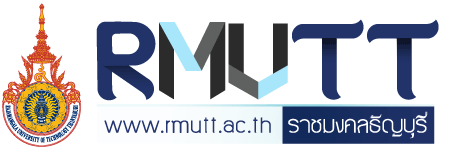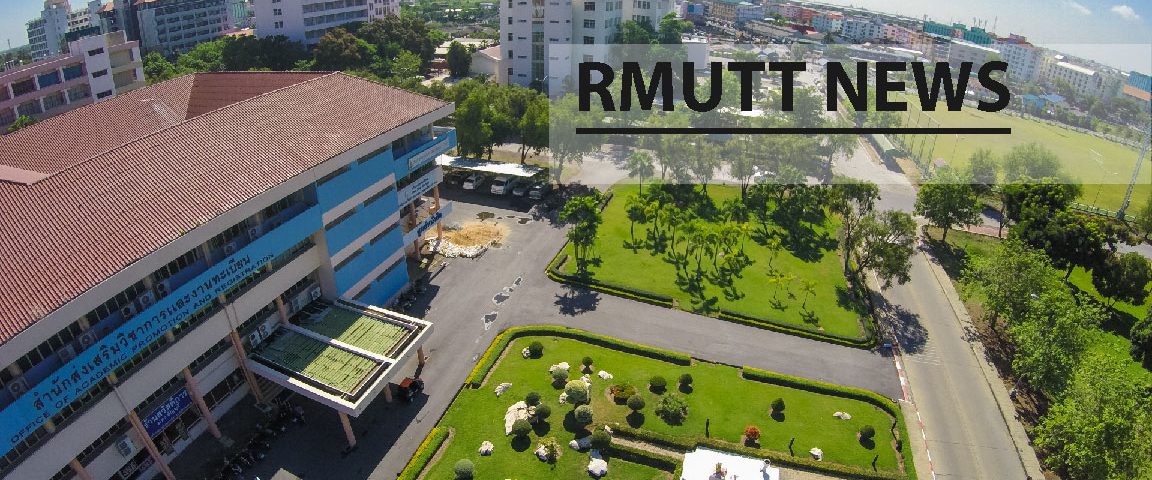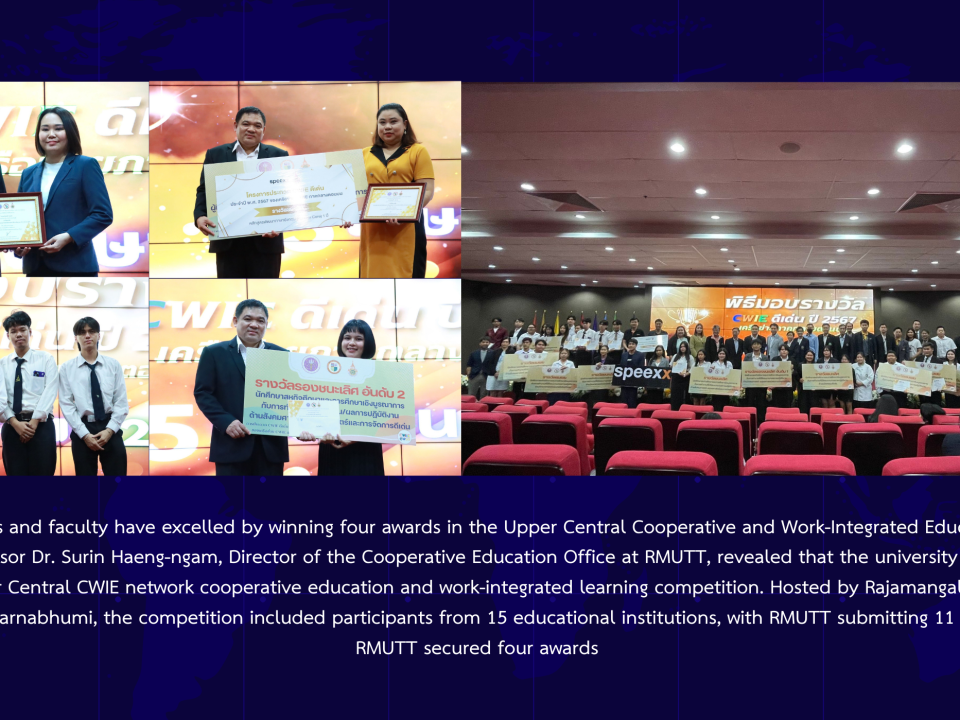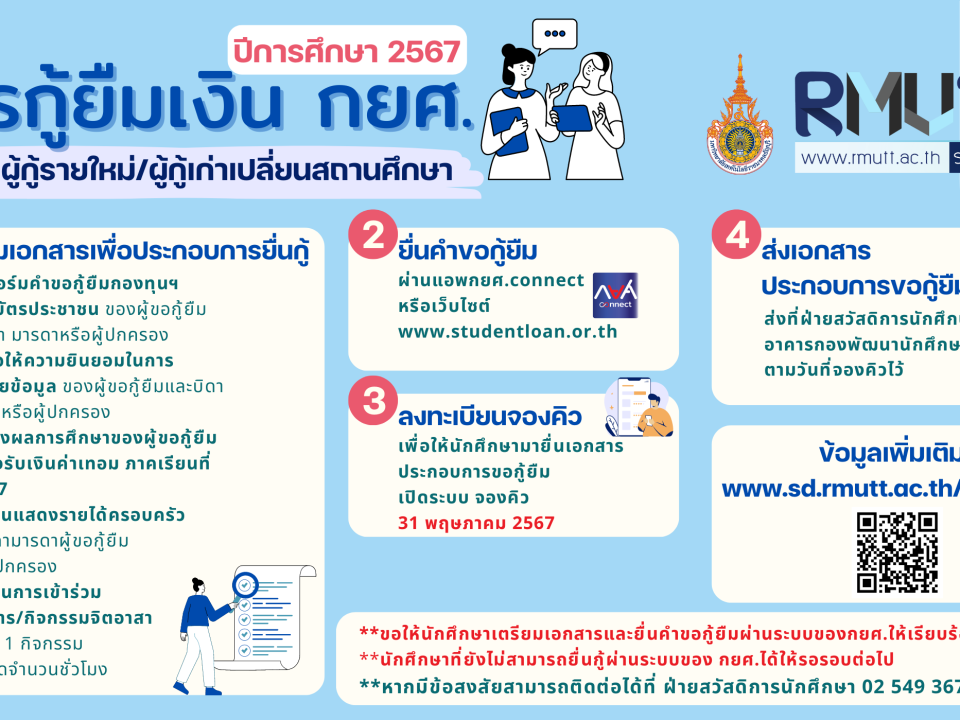
RMUTT to Host Asia’s First Asia Color Association Conference
19/07/2013
Preparing for the Digital Age
30/07/2013A research duo from the Department of Electronics and Telecommunication Engineering, Faculty of Engineering, created a prototype network in preparation for Thailand’s adoption of the fourth-generation wireless communication network (4G). The country’s mobile phone network is currently operating based on the 2.5G technology, while developed countries as well as Thailand’s neighboring countries are now operating under the 4G technology.
“The prototype uses the Advanced Design System (ADS) software and MIMO communication system, which is the standard for the 4G network, also known as LTE-Advanced (Long Term Evolution). Our design meets the standard of LTE Release 8,” said a representative from the team. “Currently, the equipment that supports the 4G network in Thailand is not readily available in the market and is still very expensive. This prototype offers an alternative and can be developed further for real usage in the near future.”
The prototype features an uplink and downlink system, set to the specific bandwidth and EVM. From pilot testing, the prototype works best within the bandwidth range; otherwise, the signals would be contaminated by out-of-band noises. The EVM is based on the standard values: for QPSK modulation, the EVM should not exceed 17.5 per cent; for 16 QAM modulation, the EVM should not exceed 12.5 per cent; and for 16 QAM, the EVM should not exceed 8 per cent.
Otherwise, the errors result in too much noise and incorrect interpretation of signal. “This prototype has potentials for real application. It’s cost-effective and easy to analyze the signals, which is beneficial for future adaptation and development,” said the team representative.
For more information on this project, call 087 014 0912.




